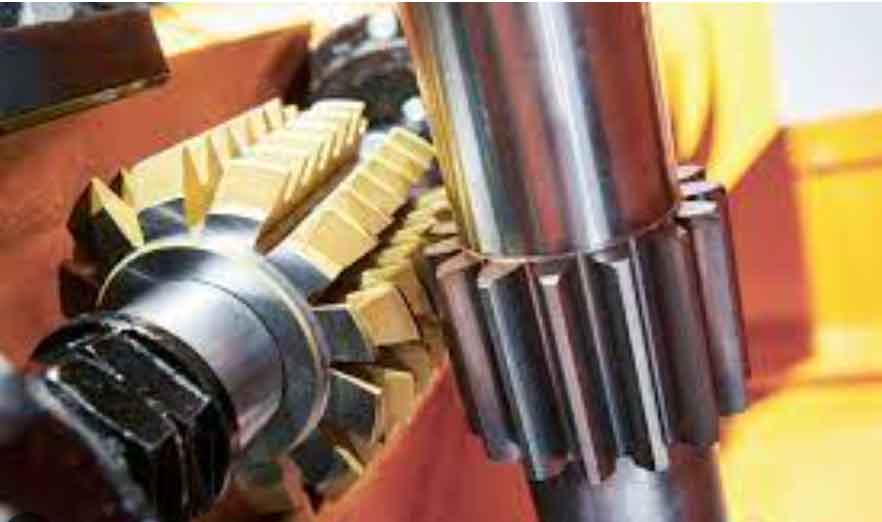
Gear hobbing has been a prominent gear manufacturing process for many years, but continuous advancements and innovations are shaping its future. Several developments aim to enhance the efficiency, precision, and versatility of gear hobbing, and here are some notable innovations:
- Multi-Axis and CNC Gear Hobbing: Traditional gear hobbing machines typically operate on a single axis. However, modern advancements have introduced multi-axis and computer numerical control (CNC) gear hobbing machines. These machines allow for greater flexibility in gear production, enabling the creation of more complex gear geometries and reducing the need for secondary operations.
- High-Speed Gear Hobbing: High-speed gear hobbing involves utilizing specialized cutting tools and machines that operate at significantly higher rotational speeds. This innovation reduces cycle times and increases productivity while maintaining the required accuracy and surface finish. High-speed gear hobbing is particularly beneficial for mass production scenarios.
- Dry Gear Hobbing: Traditionally, gear hobbing involved using cutting fluids or lubricants to facilitate the cutting process and remove heat. However, dry gear hobbing, which eliminates the need for coolant or lubricant, is gaining popularity. Dry hobbing reduces environmental impact, eliminates the need for coolant management, and simplifies post-processing operations.
- Skiving and Scudding: Skiving and scudding are alternative gear cutting methods that are gaining attention in gear manufacturing. These processes involve using a specially designed tool to remove material from the gear blank progressively. Skiving and scudding can achieve high precision and surface finish, making them suitable for certain gear applications, such as automotive transmissions.
- Advancements in Hob Design and Materials: Innovations in hob design and materials aim to improve tool life, reduce tool wear, and enhance the overall performance of gear hobbing. Advanced coatings and materials, such as carbide and ceramic hobs, provide increased durability and cutting speeds. Additionally, optimized hob tooth profiles and geometries help in achieving higher accuracy and improved gear quality.
- Automation and Robotics: Automation and robotics are increasingly being integrated into gear hobbing processes. This includes automated workpiece loading and unloading, tool changing systems, and in-process inspection using vision systems. These advancements enhance productivity, reduce human error, and enable lights-out manufacturing.
- Simulation and Digitalization: Digital tools and software simulations are revolutionizing gear hobbing processes. Computer-aided design (CAD) and computer-aided manufacturing (CAM) systems allow for virtual gear modeling, simulation of cutting processes, and optimization of tool paths. Digitalization enables better process control, reduces setup times, and facilitates continuous improvement.
These innovations, along with ongoing research and development efforts, are shaping the future of gear hobbing. They improve productivity, accuracy, and sustainability in gear manufacturing, allowing for the production of high-performance gears that meet the demands of various industries.
